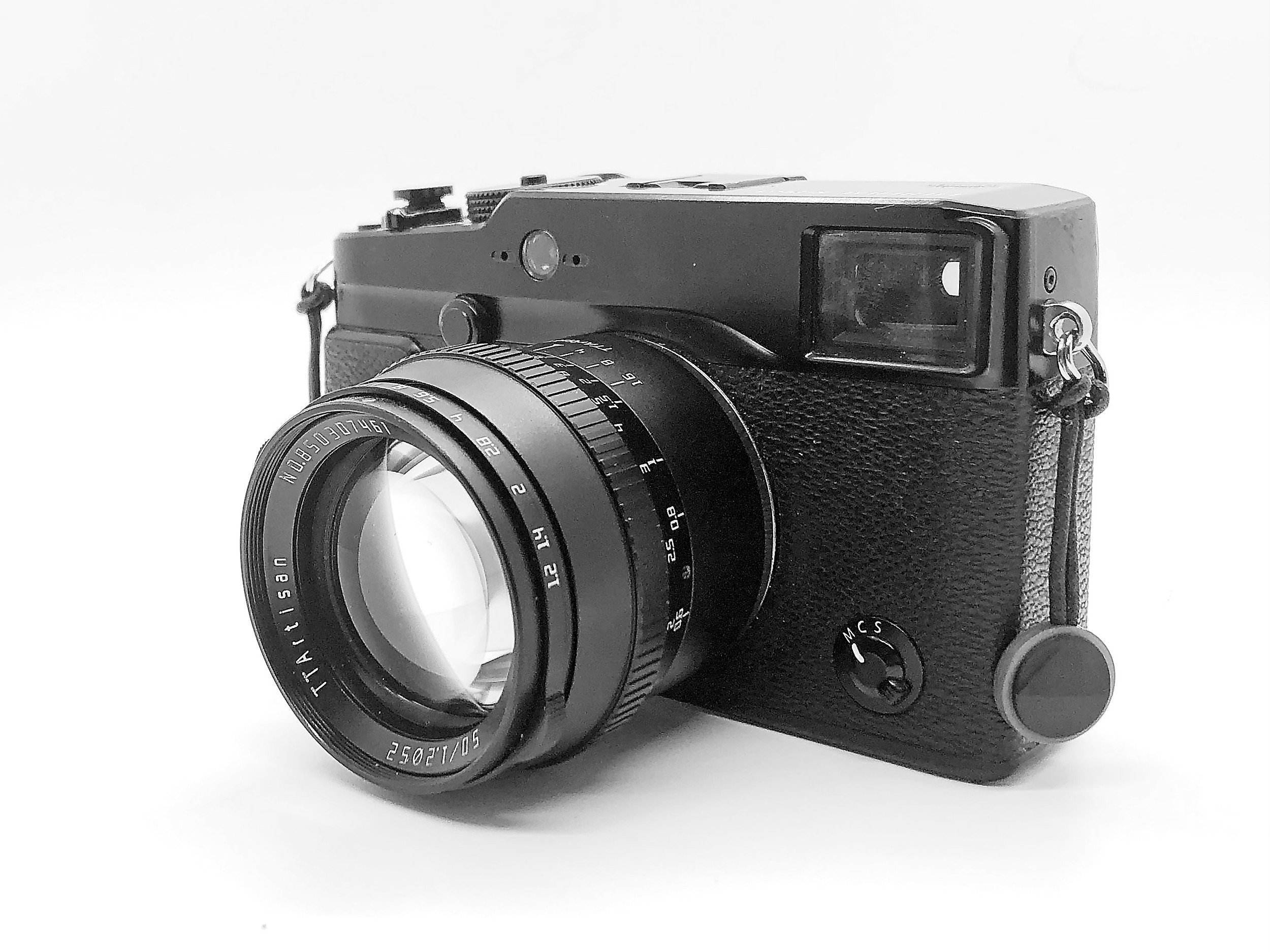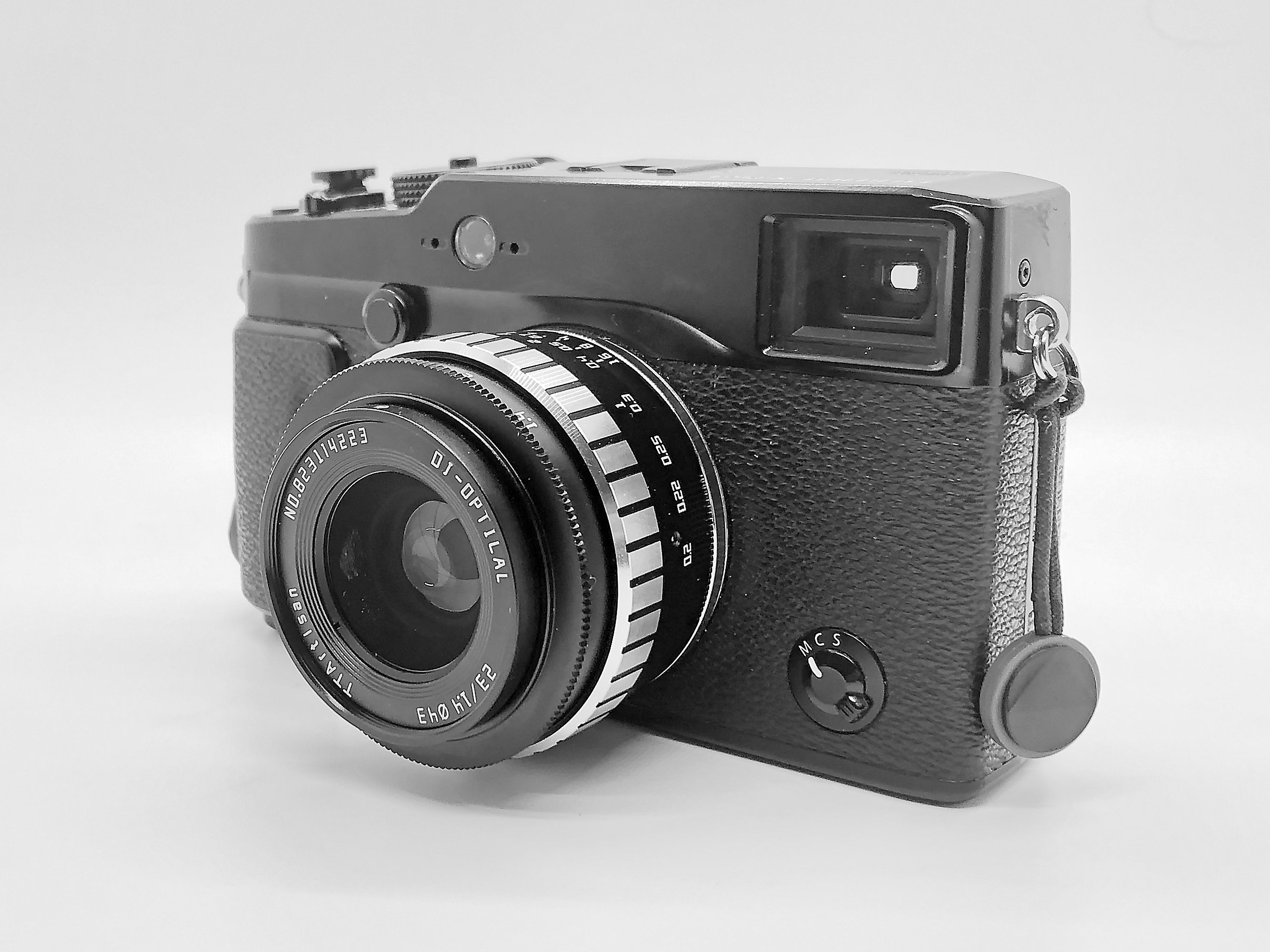Why You Should Use Third-Party Lenses on Fujifilm X-Series Cameras
It Is Probably Not For The Reason You Expect
In last week's article, I mentioned that I purchased a TTArtisan 23mm f/1.4 lens for my Fujifilm X-Pro 1.
The initial motive for this purchase was to get a lens with a 35mm full-frame equivalent focal length. However, there is a second reason why I use this and other third-party lenses on the X-Pro 1.
And it is not about image quality.
Why I Use Third-Party Lenses on the Fujifilm X-Pro 1
While there are multiple third-party lenses with excellent image quality, I mainly use lenses other than Fujinon x-mount ones because these have distance and depth-of-field scales.
According to Fujifilm's overview of x-mount lenses, there are currently only three lenses with distance/depth-of-field scales: the 14mm f/2.8 R, the 16mm f/1.4 R WR, and the 23mm f/1.4 R.
While the 23mm would perfectly do the job and probably be easier since it would auto-focus, it also is about seven times the cost of the TTArtisan 23mm. So that would be an additional reason to go third-party.
As mentioned last week, I added the 23mm to my toolbox for focal length consistency because it matches the 35mm full-frame equivalent of the Summaron on my Leica M4.
Sometimes, however, I want to use a slightly longer focal length. For example, when I do not want to get too close to my subjects or when I can not get close enough to them because of the actual situation.
In those cases, I want to use a lens with a full-frame equivalent focal length of (about) 50mm or 75mm.
For these instances, I have several third-party lenses available that can either be directly used on the Fujifilm X-Pro 1 or by using an adapter:
An AF Nikkor 35mm f/2.0D, which is a remains from my Nikon days
An Industar 26M 50mm f/2.8, which usually lives on the FED-2
A TTArtisan 50mm f/1.2, with x-mount
And, of course, the Summaron 35mm f/2.8 from the M4
The x-mount TTArtisan goes directly on the X-Pro 1; I have specific adapters for the Nikkor, the Industar, and the Summaron.
Why Is A Depth-of-field Scale Important
As mentioned above, the depth-of-field scale is the main reason to use third-party lenses on a Fujifilm x-series camera.
This is important because it lets me use the zone and hyperfocal focusing techniques, allowing for extremely quick image-taking in the streets.
While all third-party lenses I have are either fully manual or only work as manual lenses on the X-Pro 1, zone-focusing with these lenses is quicker than autofocusing with Fujinon lenses!
If you don't know what zone-focusing is, you can read more about it in an article about zone-focusing with a Fujifilm x-series camera I published a while ago. In that article, you also can read how to zone-focus with x-series cameras when using lenses without depth-of-field scales (such as the fixed lens of the Fujifilm X100F).
How To Use Third-Party Lenses On A Fujifilm X-Series Camera
Since my third-party lenses only can be used as manual-focusing ones, I need to adjust several settings of the X-Pro 1.
First, set SHOOT WITHOUT LENS to 'ON' in Shooting Menu #3.
This allows for taking images without a Fujinon lens mounted.
Secondly, you can adjust the MOUNT ADAPTOR SETTING in Shooting Menu #3 to reflect the focal length of the lens you will be using. Note that this will not help or impact the actual use of the lens. This setting only registers the focal length of the lens you are using, which is then captured in the image's EXIF data.
Lastly, in Shooting Menu #5, I recommend setting MF ASSIST to PEAK. This will help get the correct focus using the Electronic View Finder (EVF). Focus peaking settings on the earlier x-series cameras, such as the X-Pro 1, are limited. The newer x-series cameras, however, have more extensive possibilities.
Notably, when zone-focusing with these manual lenses, I do not even have to use focus peaking and can actually use the Optical View Finder (OVF) of the X-Pro 1. However, especially with wider angle lenses, of course, I then need to be aware of possible parallax errors.












